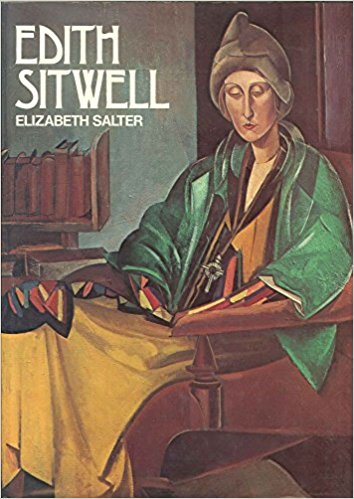a selection of web-based archives and resources
This short selection of D.H.Lawrence web links offers quick connections to resources for further study. It’s not comprehensive, and if you have any ideas for additional resources, please use the ‘Comments’ box below to make suggestions.

D.H.Lawrence – web links
![]() D.H.Lawrence at Mantex
D.H.Lawrence at Mantex
Biographical notes, book reviews, study guides, videos, bibliographies, critical studies, and web links.
![]() D.H.Lawrence at Project Gutenberg
D.H.Lawrence at Project Gutenberg
A major collection of free eTexts of the novels, stories, travel writing, and poetry – available in a variety of formats.
![]() D.H.Lawrence at Wikipedia
D.H.Lawrence at Wikipedia
Biographical notes, social background, publishing history, the Lady Chatterley trial, critical reputation, bibliography, archives, and web links.
![]() D.H.Lawrence at the Internet Movie Database
D.H.Lawrence at the Internet Movie Database
Adaptations of Lawrence’s work for the cinema and television – in various languages. Full details of directors, actors, production, box office, trivia, and even quizzes.
![]() D.H.Lawrence archive at the University of Nottingham
D.H.Lawrence archive at the University of Nottingham
Biography, further reading, textual genetics, frequently asked questions, his local reputation, research centre, bibliographies, and lists of holdings.
![]() D.H.Lawrence and Eastwood
D.H.Lawrence and Eastwood
Nottinhamshire local enthusiast web site featuring biography, historical and recent photographs of the Eastwood area and places associated with Lawrence.
![]() The World of D.H.Lawrence
The World of D.H.Lawrence
Yet another University of Nottingham web site featuring biography, interactive timeline, maps, virtual tour, photographs, and web links.
![]() D.H.Lawrence Heritage
D.H.Lawrence Heritage
Local authority style web site, with maps, educational centre, and details of lectures, visits, and forthcoming events.
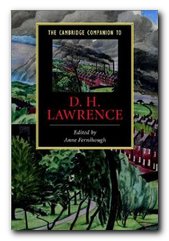 The Cambridge Companion to Lawrence contains fourteen chapters by leading international scholars. These specially-commissioned essays offer diverse and stimulating readings of Lawrence’s major novels, short stories, poetry and plays, and place Lawrence’s writing in a variety of literary, cultural, and political contexts, such as modernism, sexual and ethnic identity, and psychoanalysis. The concluding chapter addresses the vexed history of Lawrence’s critical reception throughout the twentieth century. Features a detailed chronology and a comprehensive guide to further reading.
The Cambridge Companion to Lawrence contains fourteen chapters by leading international scholars. These specially-commissioned essays offer diverse and stimulating readings of Lawrence’s major novels, short stories, poetry and plays, and place Lawrence’s writing in a variety of literary, cultural, and political contexts, such as modernism, sexual and ethnic identity, and psychoanalysis. The concluding chapter addresses the vexed history of Lawrence’s critical reception throughout the twentieth century. Features a detailed chronology and a comprehensive guide to further reading.
© Roy Johnson 2010
More on D.H. Lawrence
More on the novella
More on literary studies
More on short stories


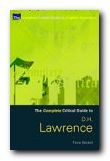 The Complete Critical Guide to D. H. Lawrence
The Complete Critical Guide to D. H. Lawrence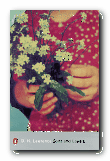 Sons and Lovers
Sons and Lovers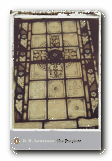 The Rainbow
The Rainbow Women in Love
Women in Love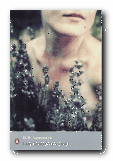 Lady Chatterley’s Lover
Lady Chatterley’s Lover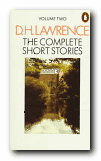 The Complete Short Stories
The Complete Short Stories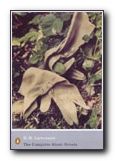 The Short Novels
The Short Novels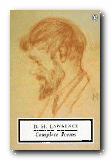 The Complete Poems
The Complete Poems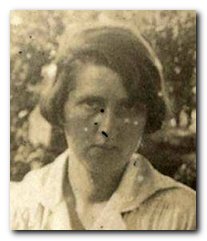 Dorothy Eugenie Brett was born November 10, 1883. She was the eldest daughter of the second Viscount Esher, Reginald Baliol Brett, who was the Liberal MP for Penryn and Falmouth. Her mother was Eleanor van de Weyer, the daughter of the Belgian ambassador to the court of St. James and a close advisor to Queen Victoria. She was called ‘Doll’ by her family, and like many upper class children of the Victorian era she was raised separately from her parents, receiving little formal education. She went to dancing classes with members of the royal family at Windsor Castle under the supervision of Queen Victoria, but had little contact with other children her own age, apart from her two elder bothers and younger sister sylvia who scandalised the family by becoming the
Dorothy Eugenie Brett was born November 10, 1883. She was the eldest daughter of the second Viscount Esher, Reginald Baliol Brett, who was the Liberal MP for Penryn and Falmouth. Her mother was Eleanor van de Weyer, the daughter of the Belgian ambassador to the court of St. James and a close advisor to Queen Victoria. She was called ‘Doll’ by her family, and like many upper class children of the Victorian era she was raised separately from her parents, receiving little formal education. She went to dancing classes with members of the royal family at Windsor Castle under the supervision of Queen Victoria, but had little contact with other children her own age, apart from her two elder bothers and younger sister sylvia who scandalised the family by becoming the 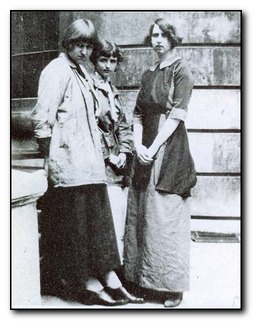
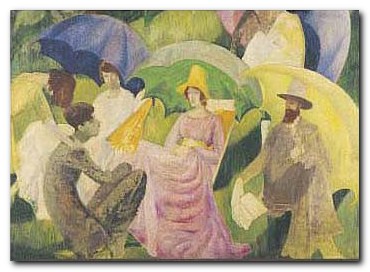

 This collection of vignettes features both real and imaginary figures in Dublin life around the turn of the century, ending with the most famous of all Joyce’s stories – ‘The Dead’. The book caused controversy when it first appeared, and was banned in Ireland almost immediately upon publication, the first of many of Joyce’s works to be censored or banned in his native country. Dubliners is now widely regarded as a seminal collection of modern short stories.
This collection of vignettes features both real and imaginary figures in Dublin life around the turn of the century, ending with the most famous of all Joyce’s stories – ‘The Dead’. The book caused controversy when it first appeared, and was banned in Ireland almost immediately upon publication, the first of many of Joyce’s works to be censored or banned in his native country. Dubliners is now widely regarded as a seminal collection of modern short stories.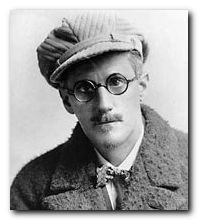
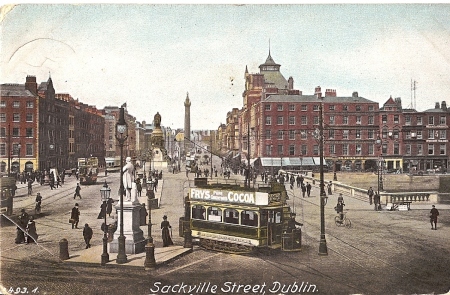
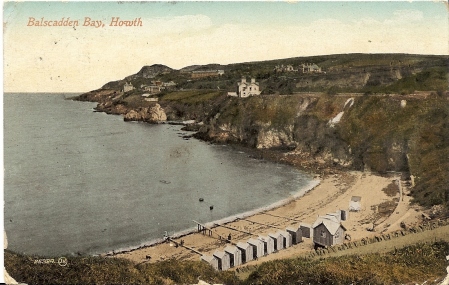
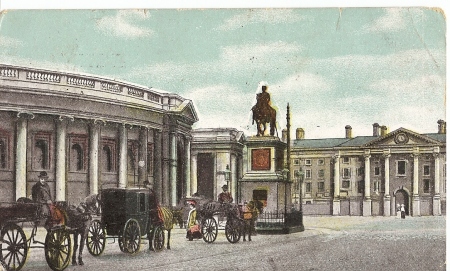
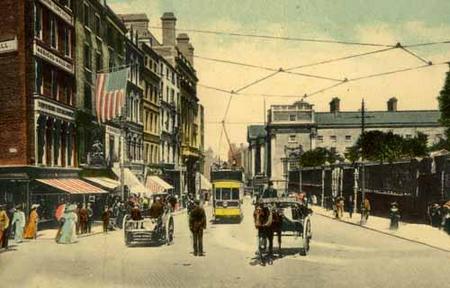
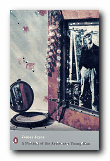 A Portrait of the Artist as a Young Man is Joyce’s first complete novel – a largely autobiographical account of a young man’s struggle with Catholicism and his desire to forge himself as an artist. It features a prose style whose complexity develops in parallel with the growth of the hero, Stephen Dedalus. The early pages are written from a child’s point of view, but then they quickly become more sophisticated. As Stephen struggles with religious belief and the growth of his sexual feelings as a young adult, the prose become more complex and philosophical. In addition to the account of his personal life and a critique of Irish society at the beginning of the last century, it also incorporates the creation of an aesthetic philosophy which was unmistakably that of Joyce himself. The novel ends with Stephen quitting Ireland for good, just as Joyce himself was to do – never to return.
A Portrait of the Artist as a Young Man is Joyce’s first complete novel – a largely autobiographical account of a young man’s struggle with Catholicism and his desire to forge himself as an artist. It features a prose style whose complexity develops in parallel with the growth of the hero, Stephen Dedalus. The early pages are written from a child’s point of view, but then they quickly become more sophisticated. As Stephen struggles with religious belief and the growth of his sexual feelings as a young adult, the prose become more complex and philosophical. In addition to the account of his personal life and a critique of Irish society at the beginning of the last century, it also incorporates the creation of an aesthetic philosophy which was unmistakably that of Joyce himself. The novel ends with Stephen quitting Ireland for good, just as Joyce himself was to do – never to return.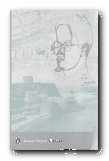 Ulysses (1922) is one of the greatest novels of the twentieth century, and it is certainly Joyce’s most celebrated work. He takes Homer’s Odyssey as a structural framework and uses it as the base to create a complex story of characters moving around Dublin on a single day in June 1904. Each separate chapter is written in a different prose style to reflect its theme or subject. The novel also includes two forms of the ‘stream of consciousness’ technique. This was Joyce’s attempt to reproduce the apparently random way in which our perceptions of the world are mixed with our conscious ideas and memories in an unstoppable flow of thought. There is a famous last chapter which is an eighty page unpunctuated soliloquy of a woman as she lies in bed at night, mulling over the events of her life and episodes from the previous day.
Ulysses (1922) is one of the greatest novels of the twentieth century, and it is certainly Joyce’s most celebrated work. He takes Homer’s Odyssey as a structural framework and uses it as the base to create a complex story of characters moving around Dublin on a single day in June 1904. Each separate chapter is written in a different prose style to reflect its theme or subject. The novel also includes two forms of the ‘stream of consciousness’ technique. This was Joyce’s attempt to reproduce the apparently random way in which our perceptions of the world are mixed with our conscious ideas and memories in an unstoppable flow of thought. There is a famous last chapter which is an eighty page unpunctuated soliloquy of a woman as she lies in bed at night, mulling over the events of her life and episodes from the previous day.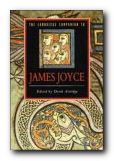 The Cambridge Companion to James Joyce contains eleven essays by an international team of leading Joyce scholars. The topics covered include his debt to Irish and European writers and traditions, his life in Paris, and the relation of his work to the ‘modern’ spirit of sceptical relativism. One essay describes Joyce’s developing achievement in his earlier works (Stephen Hero, Dubliners, and A Portrait of the Artist as a Young Man). Another tackles his best-known text, asking the basic question ‘What is Ulysses about, and how can it be read?’ The issue of ‘difficulty’ raised by Finnegans Wake is directly addressed, and the reader is taken through questions of theme, language, structure and meaning, as well as the book’s composition and the history of Wake criticism.
The Cambridge Companion to James Joyce contains eleven essays by an international team of leading Joyce scholars. The topics covered include his debt to Irish and European writers and traditions, his life in Paris, and the relation of his work to the ‘modern’ spirit of sceptical relativism. One essay describes Joyce’s developing achievement in his earlier works (Stephen Hero, Dubliners, and A Portrait of the Artist as a Young Man). Another tackles his best-known text, asking the basic question ‘What is Ulysses about, and how can it be read?’ The issue of ‘difficulty’ raised by Finnegans Wake is directly addressed, and the reader is taken through questions of theme, language, structure and meaning, as well as the book’s composition and the history of Wake criticism.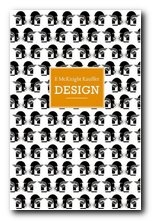
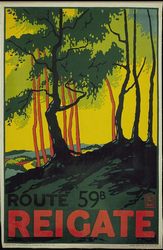 With the outbreak of the second world war however, these commissions dried up, so he returned to America. But because his reputation by that time was an English designer, he found it difficult to become established again in his homeland. As Peyton Skipwith explains in his introductory essay to this collection of Kauffer’s work, “Like many another expatriate, his reputation seems to have got stuck somewhere in mid-Atlantic”
With the outbreak of the second world war however, these commissions dried up, so he returned to America. But because his reputation by that time was an English designer, he found it difficult to become established again in his homeland. As Peyton Skipwith explains in his introductory essay to this collection of Kauffer’s work, “Like many another expatriate, his reputation seems to have got stuck somewhere in mid-Atlantic”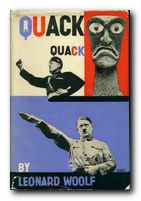 Some of the English book illustrations become slightly bucolic and whimsical, but wherever he asserts his appreciation of modernism (and the influence of
Some of the English book illustrations become slightly bucolic and whimsical, but wherever he asserts his appreciation of modernism (and the influence of 